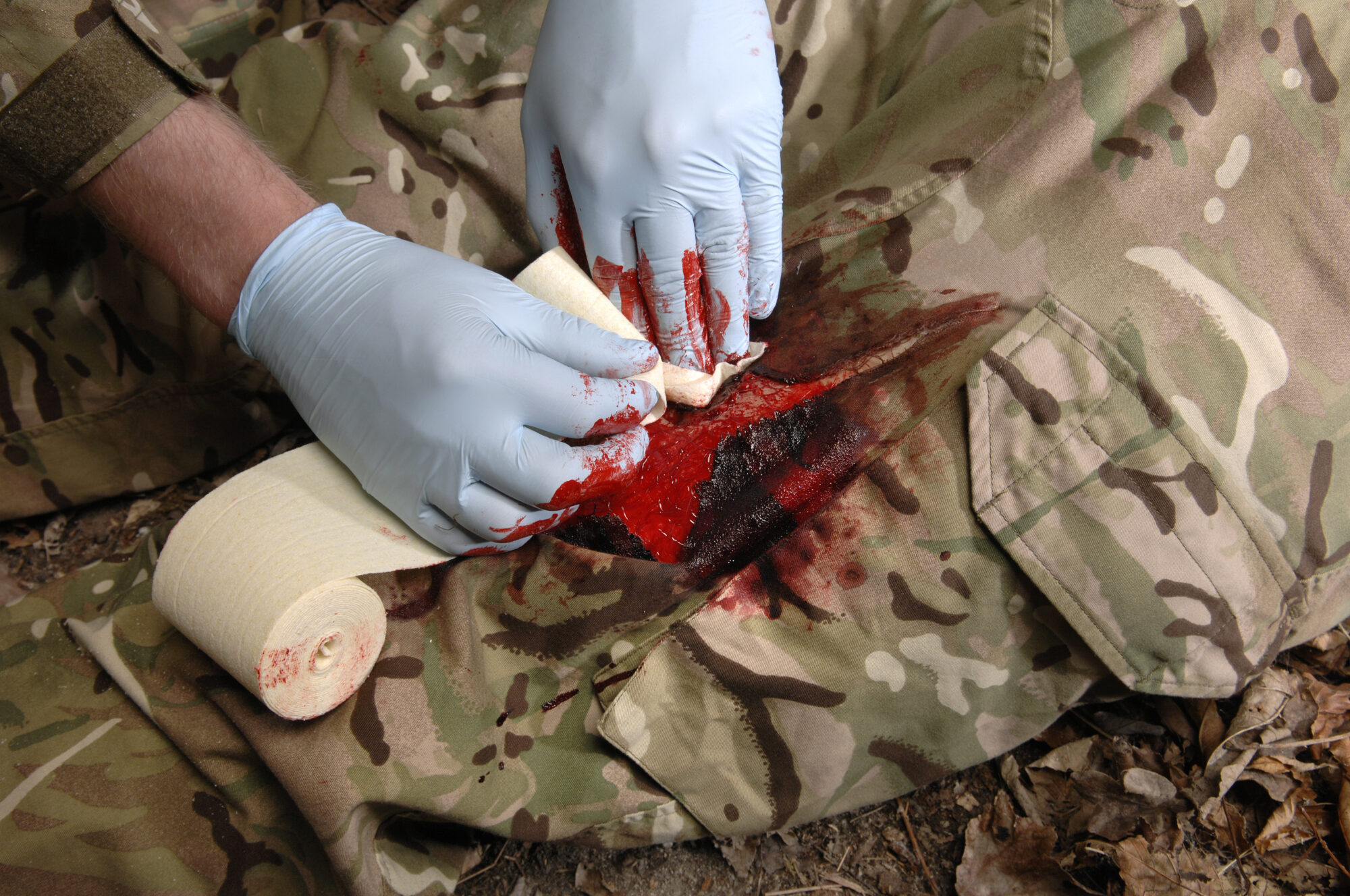Latest News

13th Jan 2015
Acute traumatic coagulopathy (ATC) is an impairment of hemostasis that occurs early after injury and is associated with a 4-fold higher mortality, increased transfusion requirements and organ failure.
 This post is based mostly on reading a recent book chapter: “Periperative Hemostasis in Trauma”* Research has shown that a severe trauma creates inherent problems with the body’s ability to stop bleeding. This is critical as exsanguinations is still the leading cause of preventable trauma death, accounting for 50 % of trauma death in the first 24 hours. In 2003, two separate studies found that 1 in 4 trauma patients arrive at hospital with impaired coagulation, this impairment is now known as ATC (Acute Traumatic Coagulopathy).
This post is based mostly on reading a recent book chapter: “Periperative Hemostasis in Trauma”* Research has shown that a severe trauma creates inherent problems with the body’s ability to stop bleeding. This is critical as exsanguinations is still the leading cause of preventable trauma death, accounting for 50 % of trauma death in the first 24 hours. In 2003, two separate studies found that 1 in 4 trauma patients arrive at hospital with impaired coagulation, this impairment is now known as ATC (Acute Traumatic Coagulopathy).
Acute traumatic coagulopathy (ATC) happens within minutes of the trauma, it can be made worse by diluting the blood (in resuscitation) and as clotting factors are used up, but is inherent in the response to the trauma. It becomes more common and more severe as injury severity gets worse. Patients with coagulopathy, such as ATC have more blood loss, higher rates of complications such as organ failure or infection and higher mortality rates (up to 50 %). The concept of acute traumatic coagulopathy (ATC) has been part of the revolution in resuscitation techniques known as “Damage Control Resuscitation”. Definitions of exactly what is in DCR vary**, but essentially it includes the rapid control of bleeding, early administration of blood components and limiting the amount of clear fluids. Research is still going on about the cause and mechanism of ATC but it is clear that rapid control of bleeding is part of the solution to improving the survival and outcome for patients.
* Perioperative Hemostasis in Trauma, by C Heim and K Brohi, pp311-330 in “Perioperative Hemostasis, Coagulation for Anesthesiologists” Eds, Marcucci CE, Schoettker P, Published by Springer, New York, 2015.
** For example see “Damage Control Reuscitation, TK Hodgetts, PF Mahoney, E Kirkman, in JR Army Med Corps, 153(4):299-300.
